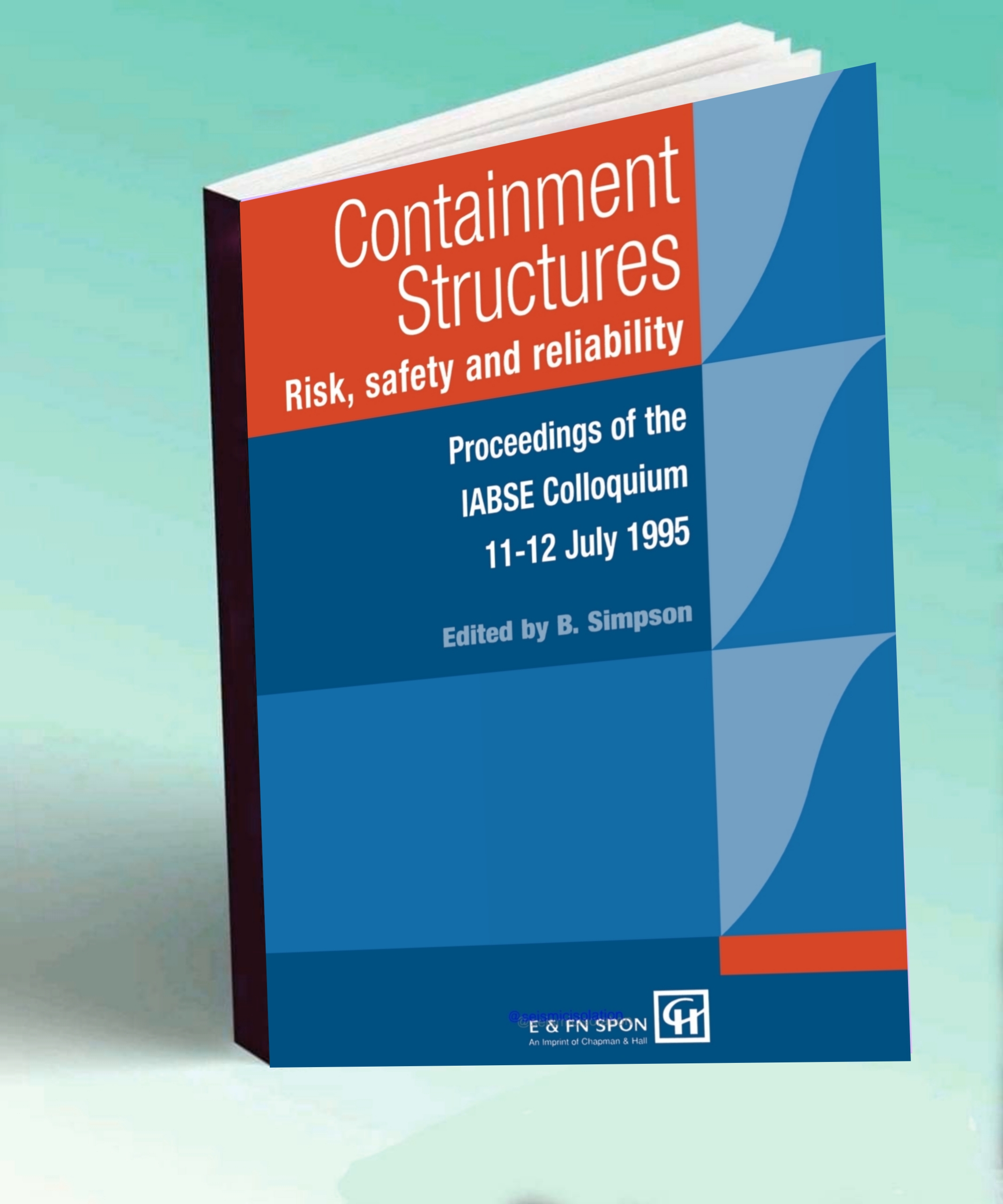Containment StructuresRisk, safety and reliability
The containment of a wide range of materials is an important requirement of industralized society. Raw materials for the preparation of foods are stored in bulk prior to processing and subsequently while awaiting distribution. Large containers are often used to enable transport of bulk quantities. Similarly, containment of large volumes of water, petrochemicals, chemicals, sewage, industrial (including nuclear and toxic wastes) and farm wastes is required in processes of manufacture, use and disposal.
The wide range of contained materials, which may be broadly categorized as solids, liquids or gases, poses an increasing challenge to engineers. Containment structures with their contents often present hazards such as explosions, leakage of toxic or otherwise harmful contents, etc. Standards required for safety and environmental protection are rising. The level of risks associated with these hazards must be small. Additionally, containers may need to resist abnormal rates of deterioration because of the nature of their content, yet the materials must be contained with leakage prevented.
The function of containment structure is primarily to keep the contained material under control and prevent loss and ingress of contaminating substances. The structure usually needs facilities to allow safe controlled filling and discharging. The design of containment structures to fulfil required functions must therefore take the relevant factors into account, including:- material to be contained - chemical and physical characteristics, temperature and pressure, venting and explosion requirements
- size of containment required
- use of container-filling/discharging requirements, cycle times, special precautions
- life required of container
- inspection and maintenance
- operational arrangements, controls and personnel access.
The approaches adopted by engineers to contain materials and control associated hazards depend substantially on these factors. The purpose of the colloquium is to examine and compare approaches and experience of containment in different industries with a view to cross-fertilization of knowledge assisting reliable containment for the future.
DOWNLOAD :- HERE
The containment of a wide range of materials is an important requirement of industralized society. Raw materials for the preparation of foods are stored in bulk prior to processing and subsequently while awaiting distribution. Large containers are often used to enable transport of bulk quantities. Similarly, containment of large volumes of water, petrochemicals, chemicals, sewage, industrial (including nuclear and toxic wastes) and farm wastes is required in processes of manufacture, use and disposal.
The wide range of contained materials, which may be broadly categorized as solids, liquids or gases, poses an increasing challenge to engineers. Containment structures with their contents often present hazards such as explosions, leakage of toxic or otherwise harmful contents, etc. Standards required for safety and environmental protection are rising. The level of risks associated with these hazards must be small. Additionally, containers may need to resist abnormal rates of deterioration because of the nature of their content, yet the materials must be contained with leakage prevented.
The function of containment structure is primarily to keep the contained material under control and prevent loss and ingress of contaminating substances. The structure usually needs facilities to allow safe controlled filling and discharging. The design of containment structures to fulfil required functions must therefore take the relevant factors into account, including:
- material to be contained - chemical and physical characteristics, temperature and pressure, venting and explosion requirements
- size of containment required
- use of container-filling/discharging requirements, cycle times, special precautions
- life required of container
- inspection and maintenance
- operational arrangements, controls and personnel access.
The approaches adopted by engineers to contain materials and control associated hazards depend substantially on these factors. The purpose of the colloquium is to examine and compare approaches and experience of containment in different industries with a view to cross-fertilization of knowledge assisting reliable containment for the future.
DOWNLOAD :- HERE
